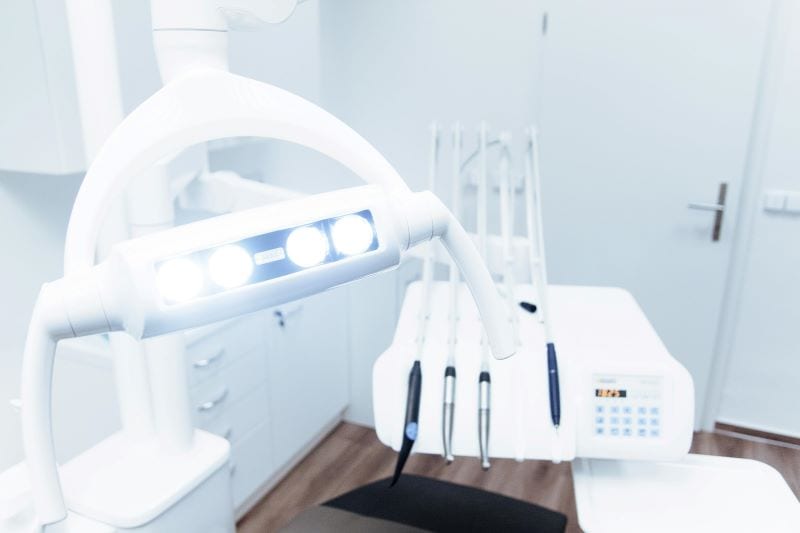
17 Aug Do I Have to be Numb to Fill a Cavity?
Do I Have to be Numb to Fill a Cavity?
Dental health is crucial for overall well-being, and one of the most common procedures to maintain this health is cavity filling. But many people wonder, “Do I have to be numbed to fill a cavity?” This article explores this question in depth, providing you with all the information you need to understand the role of numbing in cavity filling. We’ll cover everything from the basics of cavities to the different types of anesthesia used, alternative pain management techniques, and expert insights on the subject.

Pain Management in Dentistry
Overview of Pain Management in Dental Procedures
Pain management is a critical aspect of dentistry, ensuring that patients remain comfortable during procedures. Various techniques are used to minimize discomfort, from numbing agents to sedation.
Common Pain Management Techniques
Dentists commonly use local anesthesia to numb the specific area being treated. Sedation dentistry is also an option for patients with severe anxiety or those undergoing lengthy procedures. General anesthesia is used in more complex cases, such as oral surgery.
The Role of Numbing Agents in Dental Work
Numbing agents, typically in the form of local anesthetics like lidocaine, block the nerves in the treatment area from sending pain signals to the brain. This allows the dentist to perform the procedure without causing the patient discomfort.
Do I Have to be Numbed for a Cavity Filling?
Importance of Numbing in Cavity Filling
Numbing is essential for most cavity fillings to ensure that the patient does not experience pain during the procedure. It allows the dentist to work more efficiently and reduces the patient’s anxiety.
Cases Where Numbing May Not Be Necessary
In some cases, such as when the cavity is very small or in its early stages, numbing may not be necessary. Additionally, some patients with a high pain threshold may choose to forgo numbing.
Risks of Opting Out of Numbing
Opting out of numbing can lead to discomfort or pain during the procedure. It can also make it difficult for the dentist to perform the filling effectively, as the patient may react to the pain.

Types of Anesthesia Used in Cavity Filling
Local Anesthesia
Local anesthesia is the most common form of numbing used in cavity fillings. It numbs only the area being treated, allowing the patient to remain awake and alert during the procedure.
Sedation Dentistry
Sedation dentistry involves the use of medication to help patients relax during dental procedures. It can be minimal, moderate, or deep, depending on the patient’s needs and the complexity of the procedure.
General Anesthesia
General anesthesia is used in more complex dental procedures, where the patient is completely unconscious. It is typically reserved for oral surgeries or patients with special needs.
Alternative Options
If you prefer not to be numbed during a filling, your dentist may offer alternatives like:
Laser Dentistry: Uses lasers to remove decay, often without the need for numbing.
Air Abrasion: Removes decay with tiny particles, less invasive than drilling.
Distraction: Music, videos, or VR headsets can help you focus on something else.
Sedation: Mild sedation, like nitrous oxide, helps you relax without numbing.
Topical Anesthetics: Numbing gels may be enough for small cavities
You’ll want to be sure to talk to your dentist about what alternatives they offer and what’s best for you.

Addressing Common Concerns
Fear of Needles and Pain
Many patients fear the needle used for local anesthesia more than the procedure itself. Dentists can use techniques to minimize discomfort during the injection, such as using a topical anesthetic before the injection.
Allergic Reactions to Anesthetics
Allergic reactions to dental anesthetics are rare but possible. Patients should inform their dentist of any known allergies or previous reactions to ensure safe treatment.
Potential Complications
Complications from cavity fillings are uncommon, but they can include sensitivity, allergic reactions to the filling material, or the need for a root canal if the decay is extensive.
FAQs on Cavity Filling Without Numbing
Q: Is it possible to fill a cavity without numbing?
A: Yes, in some cases, especially with small cavities or in patients with high pain tolerance, it may be possible to fill a cavity without numbing. However, this should be discussed with your dentist.
Q: What are the risks of not using anesthesia during a cavity filling?
A: The main risk is discomfort or pain during the procedure, which can make it difficult for the dentist to perform the filling effectively.
Q: Are there any alternatives to traditional anesthesia for cavity fillings?
A: Yes, alternatives include distraction techniques, cognitive behavioral approaches, and natural pain relief methods. Additionally, laser dentistry may eliminate the need for numbing.
In Conclusion
Cavity filling is a common and essential dental procedure that can be performed with or without numbing, depending on the patient’s needs and the specific circumstances of the cavity. Consulting with a dentist will help determine the best approach for your situation, ensuring both comfort and effective treatment.


Sorry, the comment form is closed at this time.